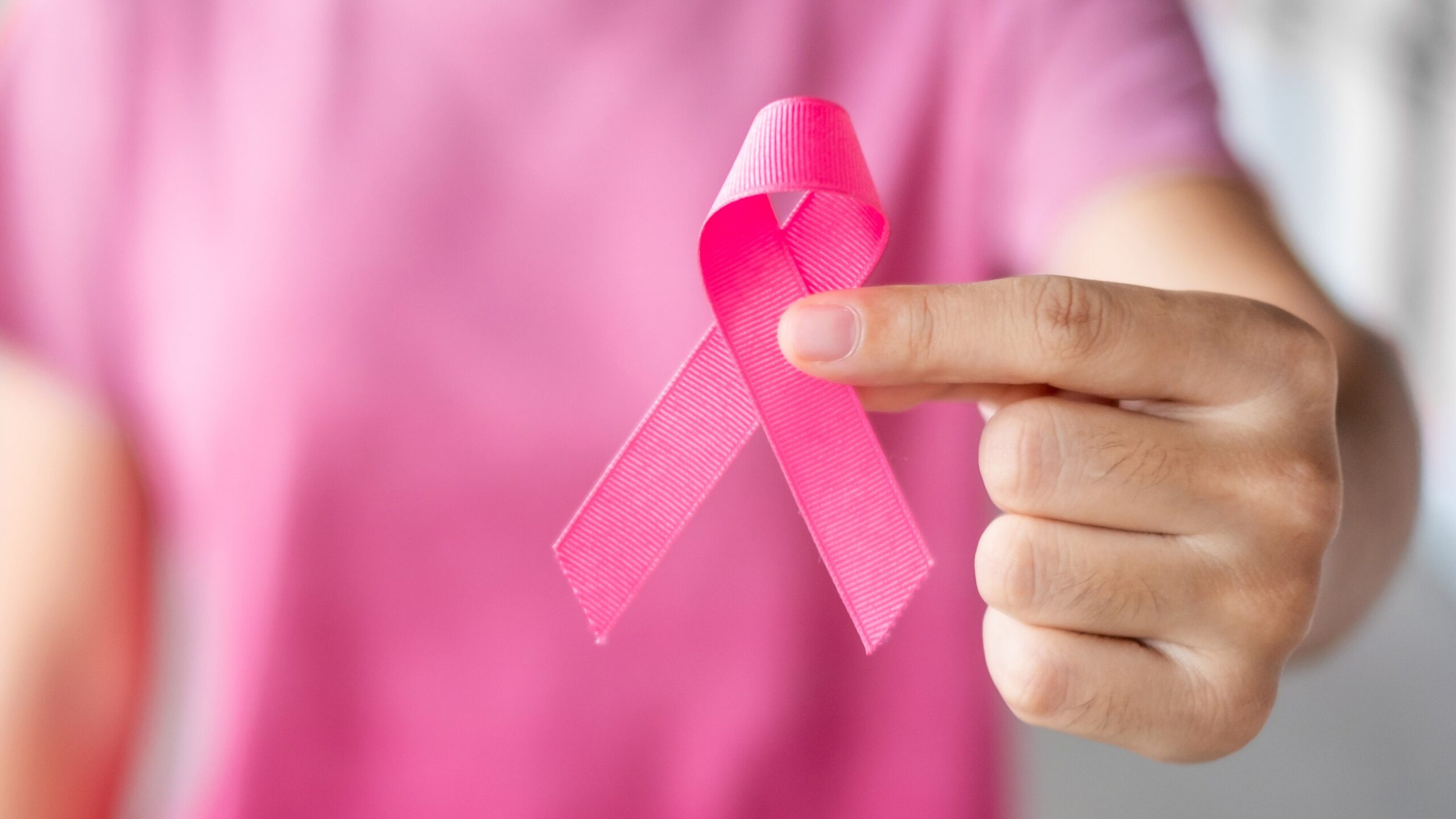Breast Cancer:
Breast cancer is a common health issue among many women and is the second most common type of cancer in women after skin cancer. Although breast cancer mostly occurs in women, it can also affect men. In recent years, the mortality rates from breast cancer have significantly decreased due to awareness campaigns and routine breast cancer screenings, allowing for early detection and higher chances of recovery.
What is Breast Cancer:
Breast cancer occurs when breast tissue begins to grow abnormally. It can occur in one or both breasts. Not all breast lumps are malignant; there are different types of breast tumors:
1- Benign (non-cancerous): This is the most common type of breast cancer, as most breast lumps are benign.
2- In situ cancer: The presence of cancer is limited to the milk ducts or lobules of the breast.
3- Invasive tumors: This is the most dangerous type, as breast tumors spread to other parts of the body.
How Does Breast Cancer Start:
Breast cancer can originate from different areas of the breast. The breast is composed of milk-secreting ducts, empty ducts, and fatty tissue that determines the breast's size. Cancer can develop in the lobules that produce milk, known as lobular cancers, or in the ducts that transport milk, known as ductal cancers. It can also rarely start in the nipple, areola, fatty tissue, or connective tissue (stroma), known as phyllodes tumors. Breast cancer can also occur in the blood vessels or lymphatic vessels.
If you need further assistance or have any questions, feel free to ask.
What causes breast cancer:
The exact cause of breast cancer is not entirely known, but genetics seem to play a significant role in breast cancer. About 10% of breast cancers are due to genetic factors. Some individuals may inherit mutated genes, such as BRCA1 and BRCA2, which increase the risk of developing breast cancer. Mutations in these genes have also been linked to ovarian cancer. In addition to genetics, lifestyle and environmental factors can also influence the risk of developing breast cancer.
Signs and symptoms of breast cancer:
Women of all ages should regularly perform self-examinations of their breasts to observe any changes, including:
1- A lump in the breast (it is recommended to check for lumps a few days after the end of the menstrual cycle, as hormonal changes during menstruation can affect breast tissue).
2- Changes in the size or shape of the breast.
3- Dimpling or puckering of the skin (resembling an orange peel).
4- Inward turning of the nipple.
5- Peeling, redness, or swelling of the breast, nipple, or areola.
6- Nipple discharge.
Who is at risk for breast cancer:
1- Advancing age.
2- A history of breast cancer or benign breast disease.
3- Genetic predisposition, including mutations in the BRCA1 and BRCA2 genes.
4- Reproductive history that leads to increased exposure to estrogen, such as early menstruation.
5- Being older when having a first child or never having given birth.
6- Hormone replacement therapy for menopausal symptoms.
7- Radiation therapy to the chest.
8- Obesity.
9- Alcohol consumption.
How to diagnose breast cancer:
If you experience any of the above symptoms, you must immediately consult your doctor. You will undergo a thorough physical examination, including examination of the breast and underarm area. Inform your doctor about your medical history and all the changes you have noticed. Don't forget to mention any family history of breast cancer. When the doctor detects any suspicious lumps, they may request a mammogram, which is a quick imaging procedure that takes about 20 minutes. If further investigation is needed, the doctor may recommend:
1- Ultrasound: High-energy waves that create detailed images of the breasts.
2- Magnetic Resonance Imaging (MRI): A safe and effective procedure that uses radio waves to capture detailed images.
3- Blood tests.
4- Biopsy: Taking a sample of breast tissue or surrounding lymph nodes to find cancer cells.
Breast Cancer Treatment:
There are several treatment options available after a breast cancer diagnosis, depending on the stage, location, and size of the tumor. Factors such as your overall health, whether the tumor has receptors, tumor size, and cancer grade are taken into consideration by the doctor. Treatment options may include:
1- Tumor removal: The most common surgical treatment where only the tumor is removed while preserving surrounding tissues.
2- Total mastectomy: Complete removal of the breast with both healthy and cancerous tissues.
3- Radiation therapy: Using high-energy rays to kill cancer cells, often combined with surgery to eliminate remaining cancer cells and prevent recurrence.
4- Hormone therapy: If cancer cells have hormone receptors, hormone therapy can prevent them from using natural hormones for growth and kill them.
5- Chemotherapy: Powerful drugs used to kill the tumor, administered orally or intravenously, with severe side effects.
6- Targeted therapy: Targets specific proteins produced by cancer cells to inhibit their growth and kill them.
Can breast cancer be prevented:
In fact, there are several things you can do to prevent breast cancer, such as:
*- Avoid smoking, limit alcohol consumption, follow a healthy diet, maintain a healthy weight, exercise regularly, breastfeed naturally, reduce hormonal treatments, and minimize exposure to radiation.
*- Coping with breast cancer is important in overcoming this stage. Always try to take time to rest, avoid strenuous activities, and seek ongoing psychological and social support.

